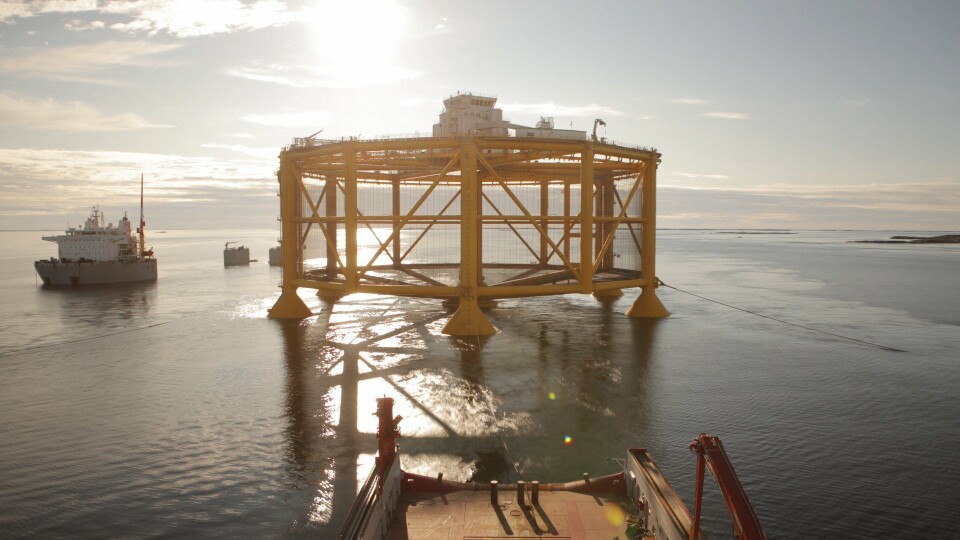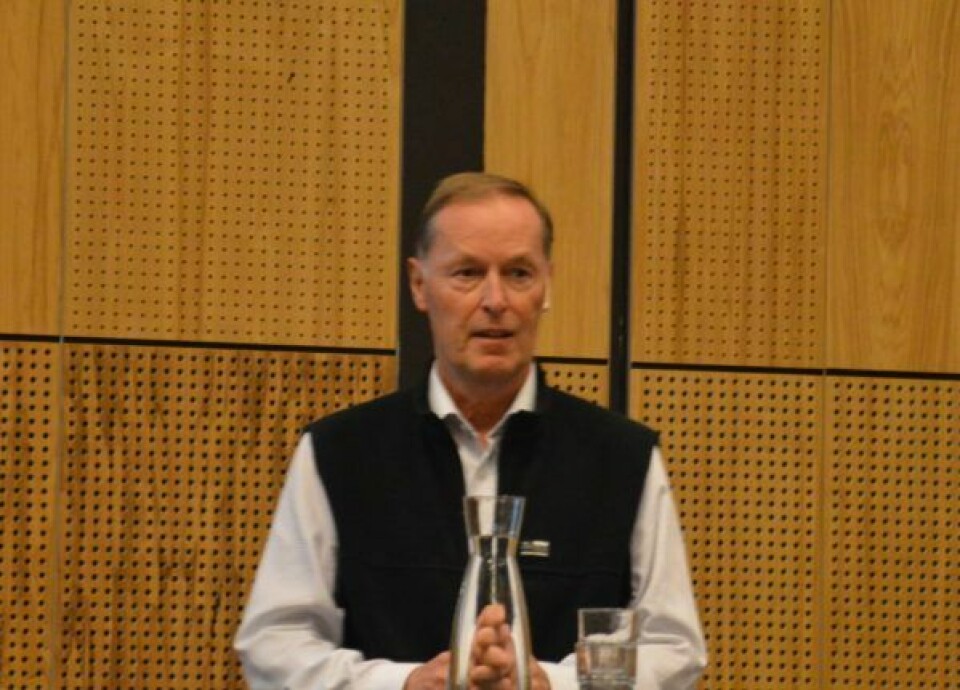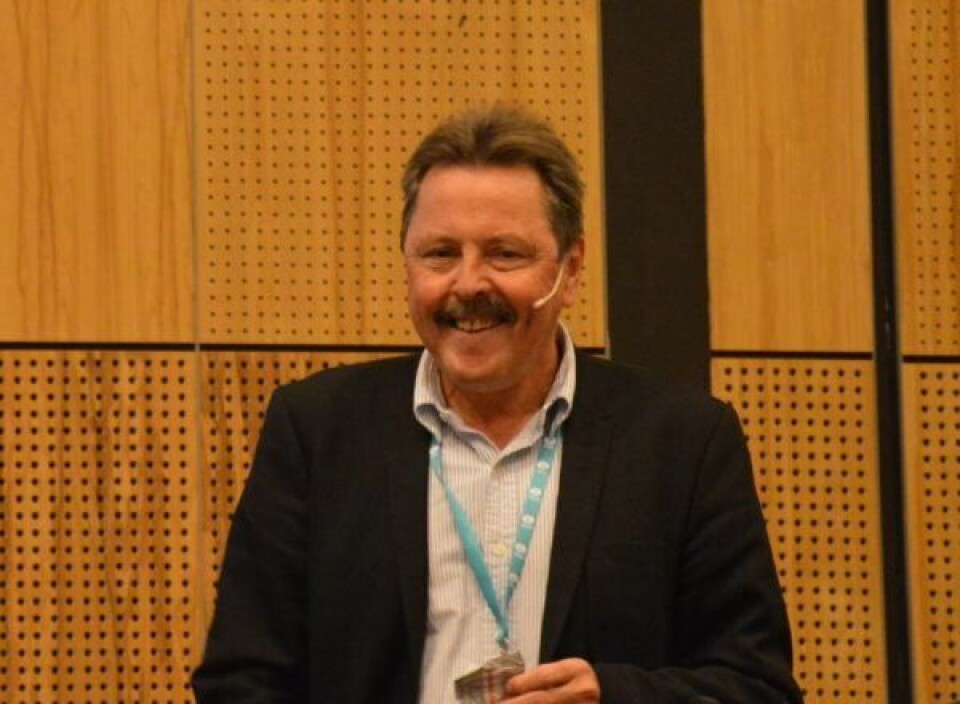
Offshore fish farm 'ready for salmon today'
Salmar's Ocean Farm 1 offshore salmon farm may be ready to take fish today, project manager Gunnar Myrbøe has said.
Ocean Farm 1 is the first construction approved for offshore aquaculture by Norwegian authorities. Myrbøe, who has a background in the oil industry, believes the reason why the Salmar project was approved quickly was because they approached the application as an oil company would have done.

"We filed an application on the same basis as an oil company seeking to develop an oil field on the Norwegian continental shelf," he explained.
Complete water exchange
Myrbøe added that area Ocean Farm 1 has been placed in has complete water exchange every 36 hours, something that would take 1,000 years in the Trondheim Fjord. He envisages an evaluation of the results of production in December 2018.
"The proof of the pudding is in the eating," he said.
Trond Williksen, chief executive of Salmar - which shares ownership of Scottish Sea Farms with Lerøy - told kyst.no that the commissioning process for Ocean Farm 1 had so far proceeded according to plan.
"We plan stocking in a time window after the cage is prepared," said Williksen on Friday when kyst.no inquired if stocking was imminent.
Exciting phase
"We are now entering an operational pilot phase where our focus will be to learn and develop knowledge of new technology applied to an exposed locality, along with biology - an exciting phase that will give us a lot of knowledge and experience on how sea farming can be developed further," he added.
Kongsberg Maritime is a supplier of much of the equipment and engineering systems used in Ocean Farm 1, and Thor Hukkelås, director of aquaculture R & D, said they had not only included technology from the oil and gas industry in their package, but also from the fishing industry.

"Ninety per cent of the world's fish stocks are mapped using sonar, which we have implemented in Ocean Farm 1," he explained.
First pen with a hydrophone
There are 12 sonar units and four cameras for measuring fish behaviour. In addition, there are 16 sensors which measure CTD data and two ADCP instruments for measuring the vertical and horizontal current profile. This is also the first pen in the world that has installed a hydrophone (an underwater microphone).
"We expect more acoustic noise than usual in such a cage, and we want to measure the fishes' reaction to this," said Hukkelås.
With a solid background in cybernetics, he said collected sensor data will also be used to construct a digital twin of the cage. He added that cooperation with Salmar has been a dream.
Knowledge base
The fish farm is equipped with a lot of maritime electronic equipment, not unlike a ship or an oil rig. This includes:
- MBR (Maritime broadband radio)
- AIS (Automatic Identification System) that provides the cage with the same security zone as an oil rig and and alerts all vessels in the vicinity.
- MRU (Motion Reference Unit) which measures movements in all axes.
- RADius, a dynamic positioning system.
"Dynamic positioning is the 99 per cent boredom and 1 per cent panic," commented Hukkelås.
Hukkelås hopes the data collected can be used to create a knowledge base to help the operator's decision-making.
"Although automation can do a lot of work easier for man, man must still be kept in the loop," he concluded.























































